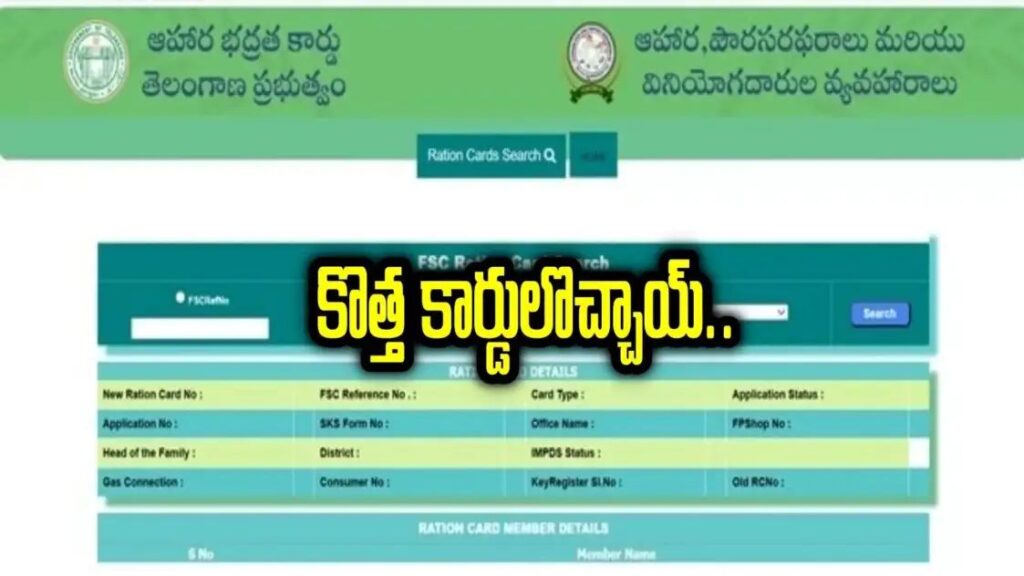Buying a home is one of the most significant financial commitments most people will ever make. Given the high costs associated with real estate today, it is common for individuals to seek financial assistance through home loans. While securing a home loan is a critical step towards fulfilling the dream of homeownership, equally important is the process of closing the loan once it has been repaid.
This guide outlines the key steps and essential documents required during the home loan closure process to ensure that your property is free from any encumbrances and that you face no issues in the future.
Step 1: Understanding the Importance of Home Loan Closure
When you take a home loan, the property you purchase is often mortgaged with the bank until the loan is fully repaid. Once you have completed all your loan installments, the process of closing the loan begins. This stage is crucial because it involves reclaiming your property documents and ensuring that your ownership is clear of any legal or financial obligations. Without proper documentation, you may encounter difficulties when attempting to sell or transfer your property in the future.
Step 2: Key Documents Required for Home Loan Closure
Upon repaying the full loan amount, it is essential to collect two critical documents from your bank and the registrar’s office. These documents serve as proof that you have repaid the loan in full and that the property is no longer encumbered by the loan.
2.1. No Objection Certificate (NOC)
The first document you must obtain is the No Objection Certificate (NOC). This certificate is provided by the bank once your loan is fully repaid and confirms that the bank has no objection to the removal of the lien on your property. The NOC is vital as it officially declares that you have cleared all dues related to the loan.
Things to Verify in the NOC:
- Date of Loan Closure: Ensure that the date mentioned in the NOC corresponds to the actual date of loan repayment.
- Your Name: Verify that your name is correctly spelled and matches the property registry.
- Bank Account Details: Check that the bank account details provided in the NOC are accurate.
- Loan Information: Confirm that all loan-related details, such as loan amount and tenure, are correctly mentioned.
- Property Details: Ensure that the property details, including address and registration information, are accurate.
If you find any discrepancies in the NOC, it is crucial to contact the bank immediately to have them corrected.
2.2. Encumbrance Certificate (EC)
The second important document is the Encumbrance Certificate (EC). This certificate can be obtained from the registrar’s office and is an essential document that indicates whether the property is free from any monetary or legal liabilities. The EC ensures that there are no existing loans or legal claims against the property.
Why the Encumbrance Certificate is Important:
- Proof of Clear Title: The EC confirms that there are no outstanding loans or encumbrances on the property, making it easier to sell or transfer the property in the future.
- Requirement for Future Loans: If you plan to apply for another loan in the future, the EC will be required to prove that your current property is free from any encumbrances.
Step 3: Steps to Ensure Smooth Home Loan Closure
- Repay the Loan in Full: Before starting the closure process, ensure that you have repaid the entire loan amount, including any outstanding interest and penalties.
- Request the NOC from Your Bank: After the final payment, request the NOC from your bank. Carefully review the document for accuracy before accepting it.
- Obtain the Encumbrance Certificate: Visit the registrar’s office to obtain the Encumbrance Certificate. This step is crucial to confirm that your property is free from any liabilities.
- Verify All Documents: Thoroughly check all the documents for any errors or discrepancies. If any issues are found, address them immediately with the bank or registrar’s office.
- Secure Your Documents: Once you have all the necessary documents, keep them in a safe place. These documents are essential for future property transactions.
Conclusion
Closing a home loan is as important as securing one. By carefully following these steps and ensuring that you collect the No Objection Certificate and the Encumbrance Certificate, you can protect your property rights and avoid any future complications. These documents not only serve as proof of loan repayment but also provide peace of mind that your property is legally and financially secure.







